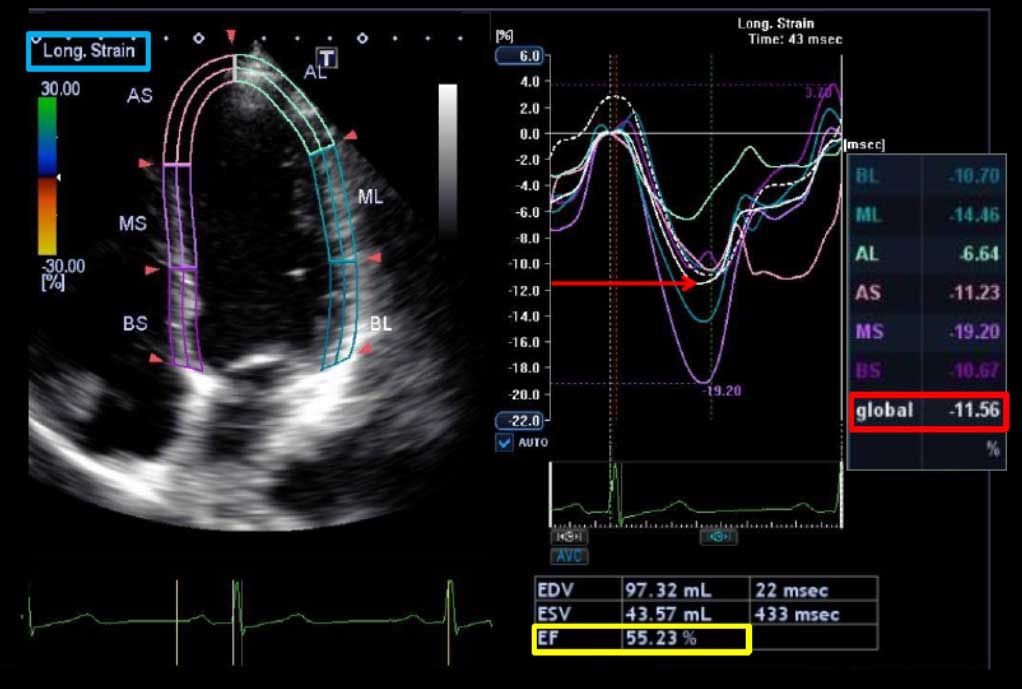Angina Pectoris and Nitroglycerine Use!
Angina pectoris is a clinical syndrome characterized by chest discomfort, usually described as a pressure, heaviness, tightness, squeezing, burning, or choking sensation. In some patients, the discomfort can be either localized to or radiates to the arms, neck, jaws, or upper back. Angina is most commonly caused by reduced myocardial perfusion due to coronary artery narrowing. Chronic stable angina is the most common manifestation of ischemic heart disease (IHD), the leading cause of death in the United States. IHD affects an estimated 17.6 million Americans. A substantial proportion of these patients (~10.2 million) are diagnosed with angina. Angina secondary to IHD is also the most common clinical presentation of cardiovascular disease encountered by general practitioners and cardiologists. As risk factors for cardiovascular disease (metabolic syndrome, obesity, diabetes, and hypertension) become increasingly prevalent, so too will the number of patients with angina and IHD.
Nitroglycerin is the oldest and most commonly prescribed of the antianginal agents; it has been in clinical use since 1878. Nitrates lower angina symptoms by reducing myocardial oxygen demand and improving myocardial perfusion. They act by relaxing arterial smooth muscle, thereby causing dilation of epicardial coronary arteries, even when the arteries are partially narrowed. The nitrates differ in their mode of delivery and their onset and duration of action. The short-acting nitrates (eg, sublingual nitroglycerin tablets and nitroglycerin sprays) have a fast onset of action, between 1 and 5 minutes, and are thus suitable for immediate relief of effort or rest angina. They can also be used for prophylaxis to avoid ischemic episodes when taken several minutes before planned exercise. Although sublingual nitroglycerin tablets and nitroglycerin sprays are thought to be equivalent in their actions, a study that compared these 2 agents in healthy participants found differences in their actions. This study showed that the sublingual spray is superior to the sublingual tablet in terms of rapidity, magnitude, and duration of vasodilatory action, as assessed by brachial artery ultrasound. Intravenous nitroglycerin, administered in hospital, has an onset of action between 1 and 2 minutes. The long-acting nitrates (eg, isosorbide dinitrate, mononitrates, transdermal nitroglycerin patches, and nitroglycerin ointment) have an onset of action ranging from 20 to 60 minutes and are used for the prevention of recurrent angina. Nitrate tolerance is the major concern with long-term use of nitroglycerin and long-acting nitrates. Tolerance develops within 12-24 hours and may be avoided with a nitrate-free period of about 8 hours each day. Optimum nitrate therapy requires a good understanding of the properties of the various formulations, particularly onset and duration of action and propensity to induce tolerance.
Source: Heartorg.com


